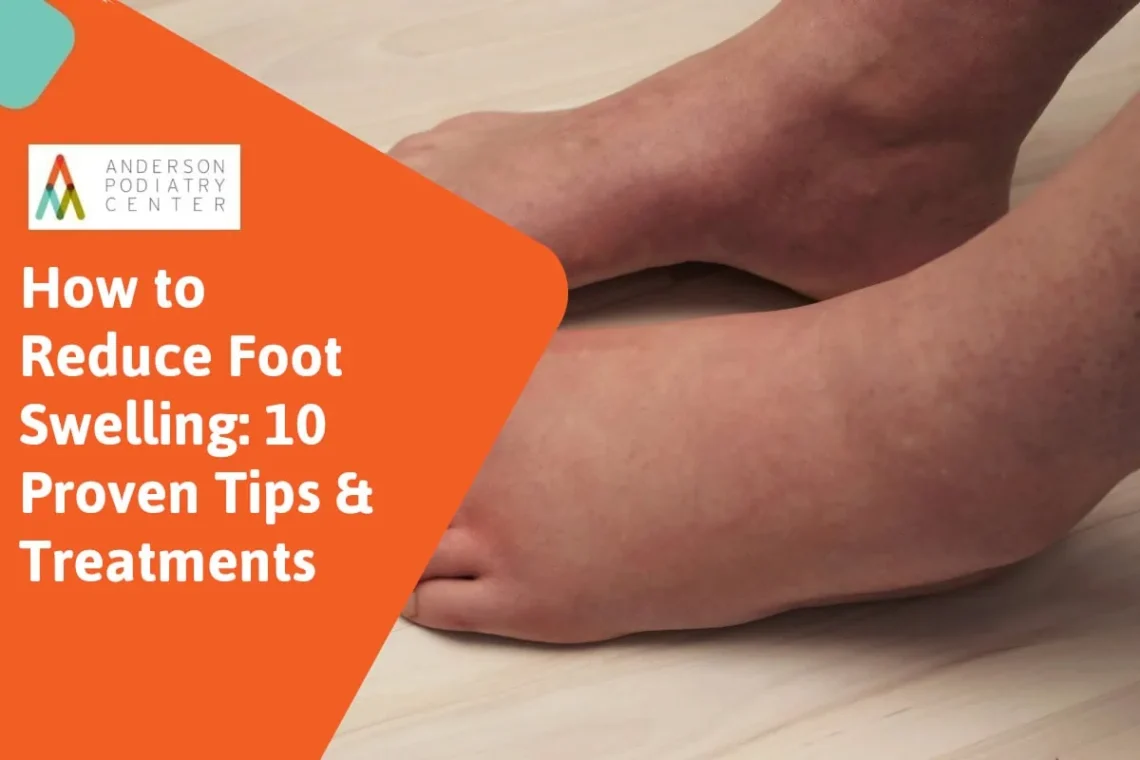
Foot swelling, also known as peripheral edema, is a common problem that affects people of all ages. It can result from something as simple as standing for long periods or may indicate a more serious underlying health condition. While occasional swollen feet may not be a cause for concern, chronic or severe foot swelling should not be ignored. This guide explains the causes of foot swelling, how to reduce swelling in your feet and ankles, and when your doctor may recommend medical intervention. With consistent care and the right information, you can take practical steps toward comfort, mobility, and better foot health.
What Causes Foot Swelling?
Swollen feet occur when fluids accumulate in the tissues of your lower extremities. This fluid buildup is often due to gravity pulling fluids downward when you’re sitting or standing for long periods of time. But swelling can also point to deeper medical issues.
Common causes of foot swelling include:
- Prolonged sitting or standing, especially without movement
- Venous insufficiency, where leg veins can’t efficiently return blood to the heart
- High salt intake causes the body to retain water
- Side effects of medications (like those for blood pressure)
- Pregnancy puts extra pressure on veins and blood vessels
- Injuries, such as sprains or fractures
- Serious conditions like blood clots, heart failure, liver disease, or kidney dysfunction
In many cases, swelling may be temporary and harmless. However, persistent swelling should be evaluated to determine if an underlying health condition is contributing.
Why Foot Swelling Shouldn’t Be Ignored
Though it might seem minor, foot swelling can have significant impacts over time. Chronic foot swelling can stretch the skin, damage tissues, and impair circulation. Left untreated, this may result in skin infections, ulcers, or mobility issues.
More seriously, swelling that occurs suddenly or on one side could indicate a blood clot—a condition that requires immediate medical attention. If your symptoms include redness, warmth, or sharp pain, consult a doctor on how to reduce foot swelling right away.
- Keep Moving Throughout the Day
Movement is crucial to reducing foot swelling caused by inactivity. Being immobile for too long—whether at a desk, on a flight, or standing in one place—impairs blood flow and allows fluid buildup in the feet and ankles.
Tips for daily movement:
- Get up and walk every 30–60 minutes
- Rotate ankles and flex toes while seated
- Avoid sitting cross-legged for long periods of time
- Use a footrest if you’re at a desk for long hours
These small adjustments can help your body get rid of retained fluids naturally.
- Elevate Your Legs Several Times a Day
Elevating your legs helps reduce swollen feet by using gravity to pull fluid away from your extremities and return it to the upper body.
Best practices:
- Lie down and elevate your feet above heart level
- Do this 3–4 times a day for 15–20 minutes
- Support your legs with pillows to maintain comfort
This is especially effective after a long workday or any time you experience discomfort from foot swelling.
- Wear Compression Socks or Stockings
Wearing compression socks is one of the most effective ways to manage and prevent swelling. These garments gently squeeze the legs to support veins, improve blood flow, and limit fluid buildup.
Benefits include:
- Reduced pain and heaviness
- Prevention of venous insufficiency complications
- Better circulation in the lower limbs
Compression levels vary; for mild swelling, over-the-counter options may suffice. For chronic or severe swelling, your doctor may recommend prescription-strength compression wear.
- Lower Your Salt Intake
Too much dietary sodium can cause your body to hold on to water, leading to excess fluids pooling in the lower limbs.
How to cut salt intake:
- Avoid processed foods like canned soups, chips, and frozen dinners
- Cook at home using fresh ingredients
- Use herbs and spices instead of table salt
- Read labels and aim for less than 2,300 mg of sodium daily (or 1,500 mg for certain individuals)
Reducing salt intake is not only good for your feet but also for your blood pressure, heart, and kidneys.
- Drink More Water
While it might seem contradictory, staying hydrated helps flush out excess fluids. When dehydrated, your body clings to water, increasing the likelihood of swollen feet.
Hydration tips:
- Drink at least 6–8 glasses of water daily
- Carry a refillable bottle to sip throughout the day
- Limit caffeine and alcohol, which can contribute to dehydration
Proper hydration allows your kidneys to function optimally and helps your body get rid of waste and excess sodium.
- Get Regular Exercise
Physical activity stimulates blood flow, strengthens the muscles in your legs, and aids your body in draining fluid buildup.
Recommended activities:
- Walking
- Swimming (buoyancy also relieves pressure on joints)
- Cycling
- Gentle yoga or tai chi
If you’re overweight, making an effort to lose weight can reduce pressure on your legs and feet, improving circulation and reducing swelling.
- Avoid Tight Shoes and Clothing
Tight shoes or restrictive clothing can compress veins, reduce circulation, and worsen swelling.
Footwear advice:
- Choose fitting shoes with proper arch support
- Avoid high heels and narrow-toe shoes for long wear
- Opt for adjustable straps or laces to accommodate swelling
- Wear supportive slippers or sandals around the house
If swelling fluctuates during the day, try wearing adjustable or stretchable footwear.
- Review Your Medications
Several medications have side effects that include foot swelling, especially those for managing blood pressure, inflammation, or hormone levels.
Common culprits include:
- Calcium channel blockers
- NSAIDs (ibuprofen, naproxen)
- Corticosteroids
- Hormonal contraceptives or therapies
If you suspect a medication is contributing to your swelling, don’t stop taking it abruptly. Instead, speak with your doctor. They may adjust your dosage or prescribe an alternative.
- Use Natural Diuretics Carefully
Certain foods and herbs can act as natural diuretics, helping reduce excess fluids in the body:
- Cucumber
- Dandelion root tea
- Lemon water
- Parsley and celery
- Green tea
However, natural remedies should complement—not replace—medical advice. Talk to your healthcare provider or your local podiatrist about how to reduce foot swelling before using herbs, especially if you take other medications.
- Monitor for Underlying Health Conditions
Chronic or recurrent swelling may be linked to systemic conditions. These include:
- Heart failure
- Kidney disease
- Liver disease
- Venous insufficiency
- Lymphedema
- Blood clot or deep vein thrombosis
If you experience symptoms like shortness of breath, chest pain, fatigue, or one-sided swelling, it’s time to seek medical help. Your doctor may recommend blood work, imaging tests, or specialist referrals.
When to See a Doctor if you don’t know how to reduce foot swelling?
It’s essential to recognize when foot swelling may be a red flag. Contact your healthcare provider if:
- Swelling comes on suddenly or without a clear cause
- It’s painful, red, or warm to the touch
- It only affects one side of the body
- You notice other symptoms like fatigue, rapid weight gain, or difficulty breathing
- Your symptoms include ulcers or changes in skin color
These may signal urgent conditions like a blood clot, infection, or organ dysfunction.
Final Thoughts
Foot swelling can range from a minor annoyance to a sign of serious illness. Fortunately, there are many ways to reduce swelling in your feet and ankles, from wearing compression socks and staying hydrated to watching your salt intake and maintaining an active lifestyle.
Addressing swelling early can help prevent complications and improve your overall well-being. And remember, if lifestyle changes don’t help—or if your swollen feet are paired with other worrying symptoms—your doctor may recommend further evaluation to uncover any underlying health condition.
Take care of your feet—they carry you through life every day.

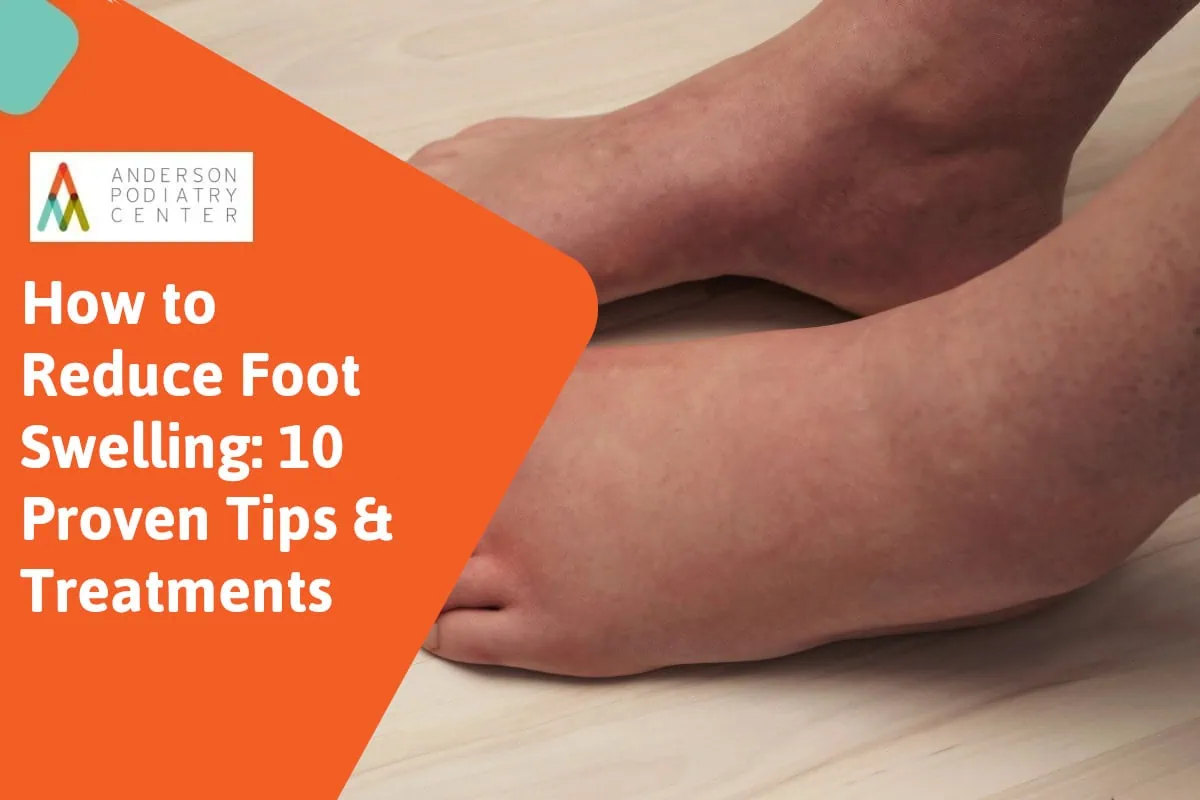
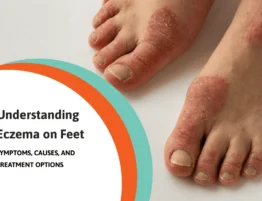

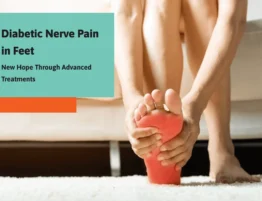
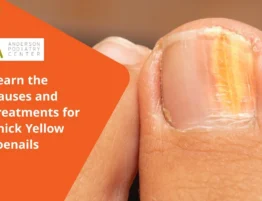
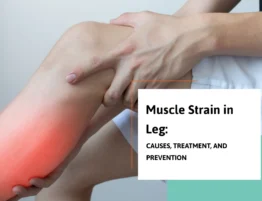
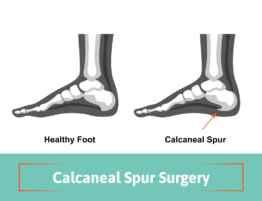
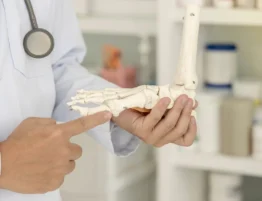
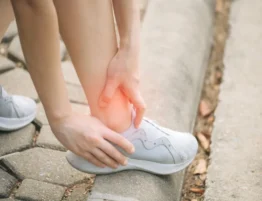
Write a comment: